The dark side of Daisy’s Fairyland Lustre is well known thanks to our Fantastique video. There aren’t any cute Christmas elves in Daisy’s vision of Fairyland nor many fairy princesses with diaphanous dresses and gossamer wings. Instead Daisy reveled in the magical antics of the unprepossessing and mischievous residents of the fairy realms, such as elves, imps and goblins.
Daisy’s Christmas
Christmas was always an important time for Daisy Makeig-Jones and she traveled from the Wedgwood factory in the Potteries to her family home in Devon every holiday season. Creating a decoration for the Christmas table was her annual ritual and she spent hours creating fantasy scenes with flowers, candles, mirror lakes, gondolas and the like. Daisy directed a couple of Christmas pantomimes, Cinderella and Aladdin, with the Wedgwood decorating department. She loved to dance and designed her own costumes, one consisting of layers of tulle in every brilliant color of the rainbow. She was described as “a beautiful dancer, as light on her feet as a fairy” despite her very un-fairylike build.
Impish Behavior
After two years as a trainee painter at Wedgwood, Daisy graduated to the design studio in 1911, where she worked on children’s tableware for the nursery. Her love of elfish magic inspired her designs for toy tea services, such as Brownies. These wizened little household spirits were said to come out at night to perform various chores but turned spiteful if offended. When Daisy began designing Fairyland Lustre in 1915, elves, imps and goblins were the stars of her fantasy scenes. In folklore, imps are small, fun-loving creatures, fond of pranks and misleading humans. Generally, they are not very attractive, and they are sometimes malicious when they switch babies for changelings or lead travelers astray. In some cultures, imps were believed to be evil, familiar spirits of witches and the devil. Impish behavior is now associated with someone who loves practical jokes. Daisy was said to have taken an impish delight in defying conventions of dress and once turned a lampshade into a sun hat.
Goblins
Goblins are like imps in stature although they are often depicted as more grotesque. They are greedy for gold and jewelry and often malevolent. They are related to brownies, gnomes, dwarfs and kobolds in their magical abilities. Daisy’s goblins are winged creatures with pointed ears and piercing yellow or orange eyes. They often stand around with their hands on their hips watching the proceedings in the Goblins, Bubbles, Imps on a Bridge designs.
Elves
In Germanic folklore, elves are beautiful supernatural beings in human form, capable of causing illness and seducing humans. Shakespeare’s elves were imagined as diminutive impish beings in A Midsummer Night’s Dream. In contrast, J.R.R Tolkien visualized them as human sized in his epic fantasy work The Lord of the Rings. Daisy appears to follow the Shakespearean school of thought with her first Fairyland Lustre scene of Leapfrogging Elves in 1915. Her comical little creatures frolic around bowls and cups, many of which can be seen in our current exhibition Bowled Over by Fairyland. One particularly exuberant elf wears clownish striped pants and gave his name to one of the variations of the Woodland Elves designs. There are eight designs classified under this generic heading and they depict elves cavorting among trees, draped with golden cobwebs. According to Daisy, spiders were a serious threat to the elves and often trapped them in their webs as in Elves and a Bell Branch.
Imps on a Bridge
Daisy’s baby elves and imps were derived from the Kewpies, created by the American poet-artist Rose O’Neill. They first appeared in 1909 in strip cartoons in the Ladies Home Journal and were later licensed as dolls and mascots. The Imps on a Bridge and Tree House pattern, which was used on vases and chargers, depicts a procession of little Kewpie type imps crossing a bridge. Some tumble off into the river below where another paddles a canoe. Goblins build a house on stilts spanning the river valley. Although it is called a treehouse there is no tree in the scene. As in many of Daisy’s designs, there are ominous freakish creatures lurking in the shadows.
Roc
A gruesome bird with dragon-like wings has flown in from Daisy’s Ghostly Wood along with the ferocious Roc bird, which hovers above the bridge ready to pick off its prey. The legendary Roc, which Sinbad encounters in The Arabian Nights, is a giant raptor capable of carrying off an elephant in its talons. The Roc gave its name to an adaptation of the Imps on a Bridge pattern which appeared on seven decorative plates in 1923. The plate was made in various colorways and borders, several of which are on display at WMODA. The museum also has a rare variation of the Imps on a Bridge plate without the Roc bird.
Discover more about the elves, imps and goblins which inhabit Daisy’s darkly magical world of Fairyland Lustre in the Innovations gallery and in the Fantastique and Bowled Over by Fairyland exhibits at WMODA.
Read more about Fairyland Lustre...
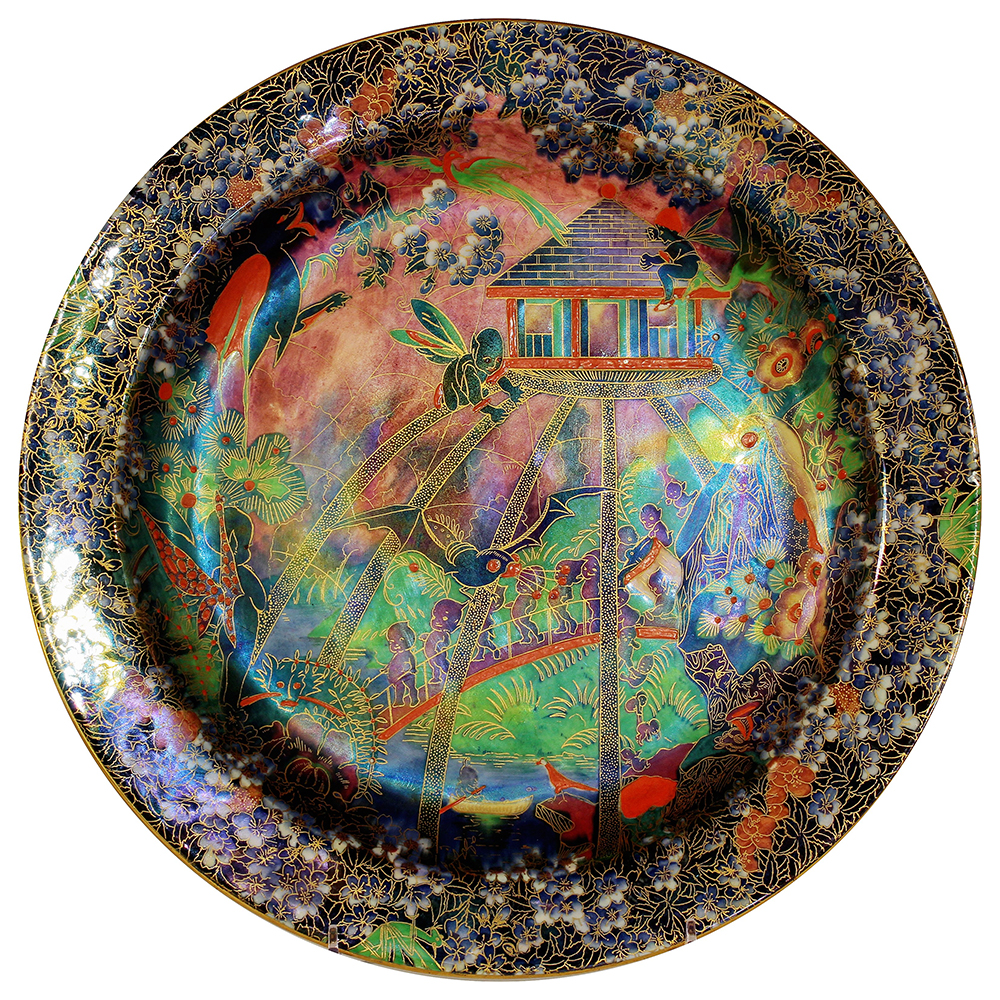
Wedgwood Fairyland Lustre Imps on a Bridge Tree House by D. Makeig-Jones

Wedgwood Brownie Toy Cup & Saucer
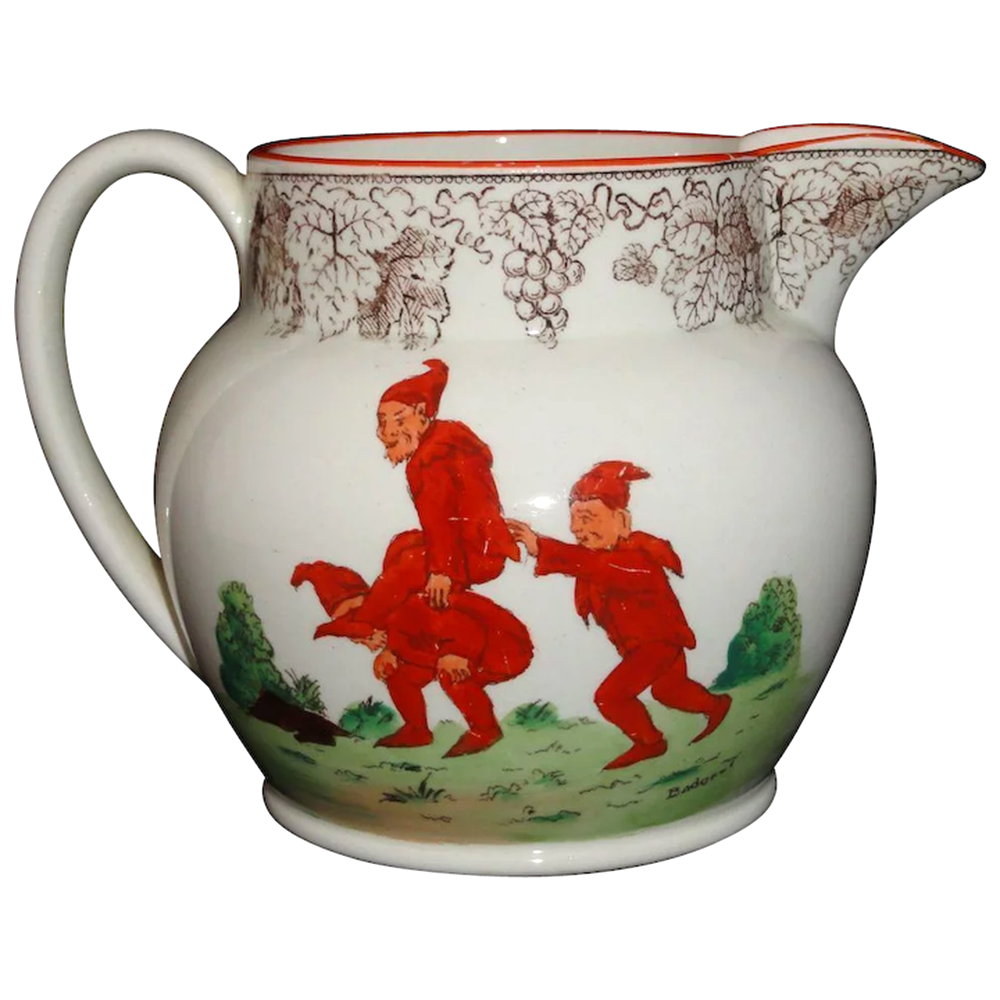
Wedgwood Brownie Toy Jug
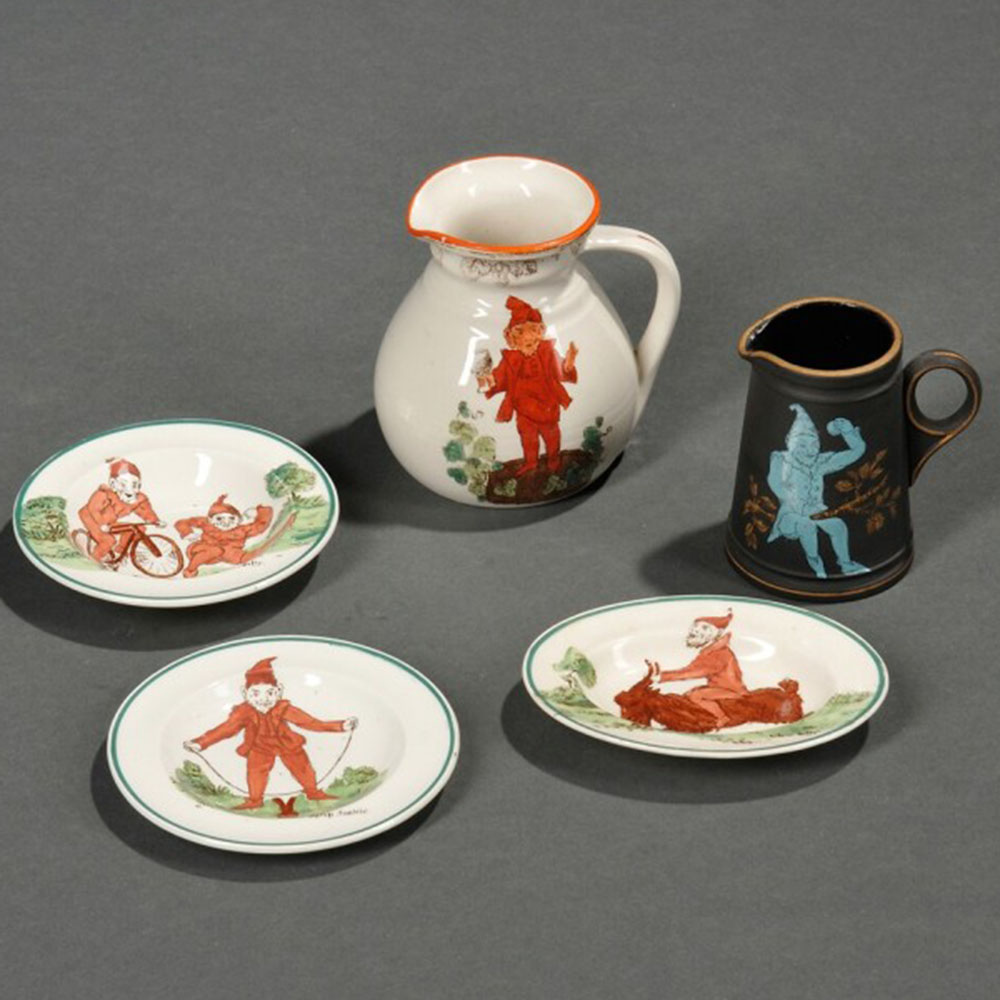
Wedgwood Brownie Toy Ware
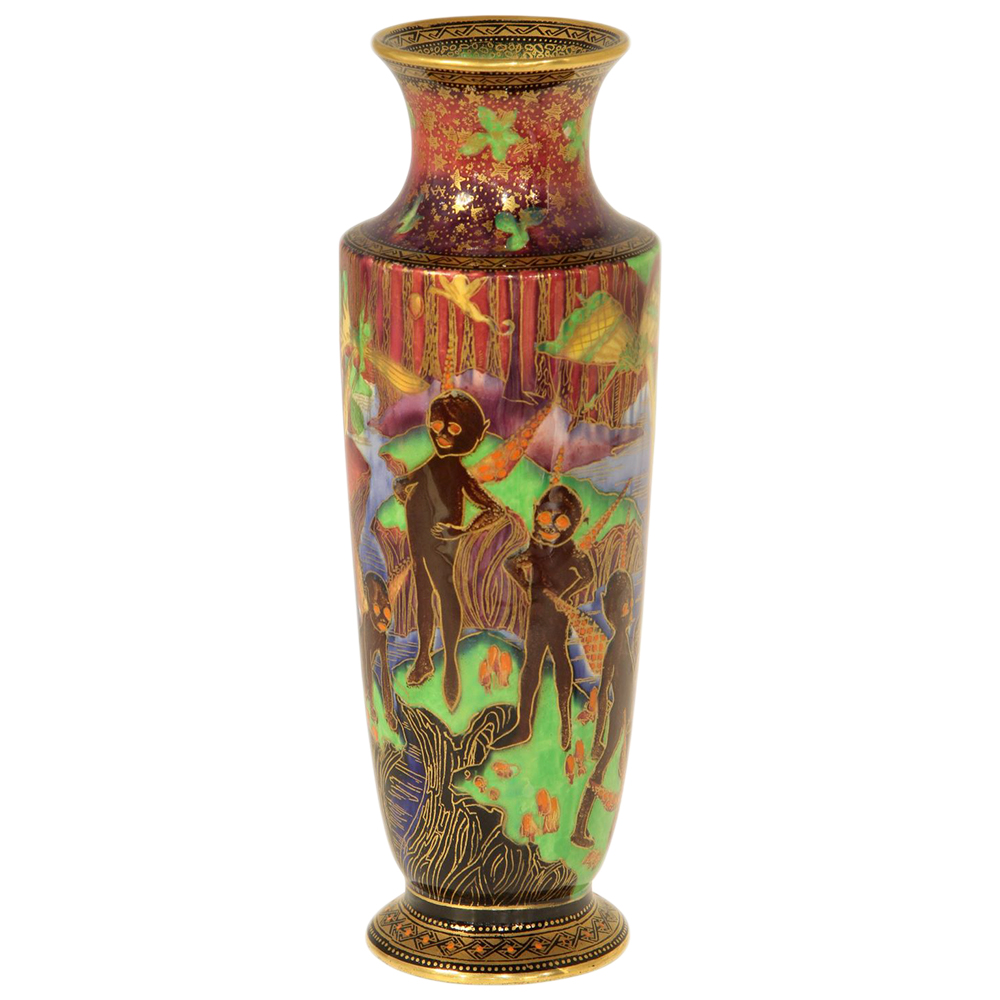
Wedgwood Fairyland Lustre Goblins by D. Makeig-Jones

Goblin by H.J. Ford

Wedgwood Fairyland Lustre Elves by D. Makeig-Jones

Wedgwood Fairyland Lustre Elves & Bell Branch & Poplar Trees by D. Makeig-Jones

Wedgwood Fairyland Lustre Elves & Bell Branch & Poplar Trees by D. Makeig-Jones
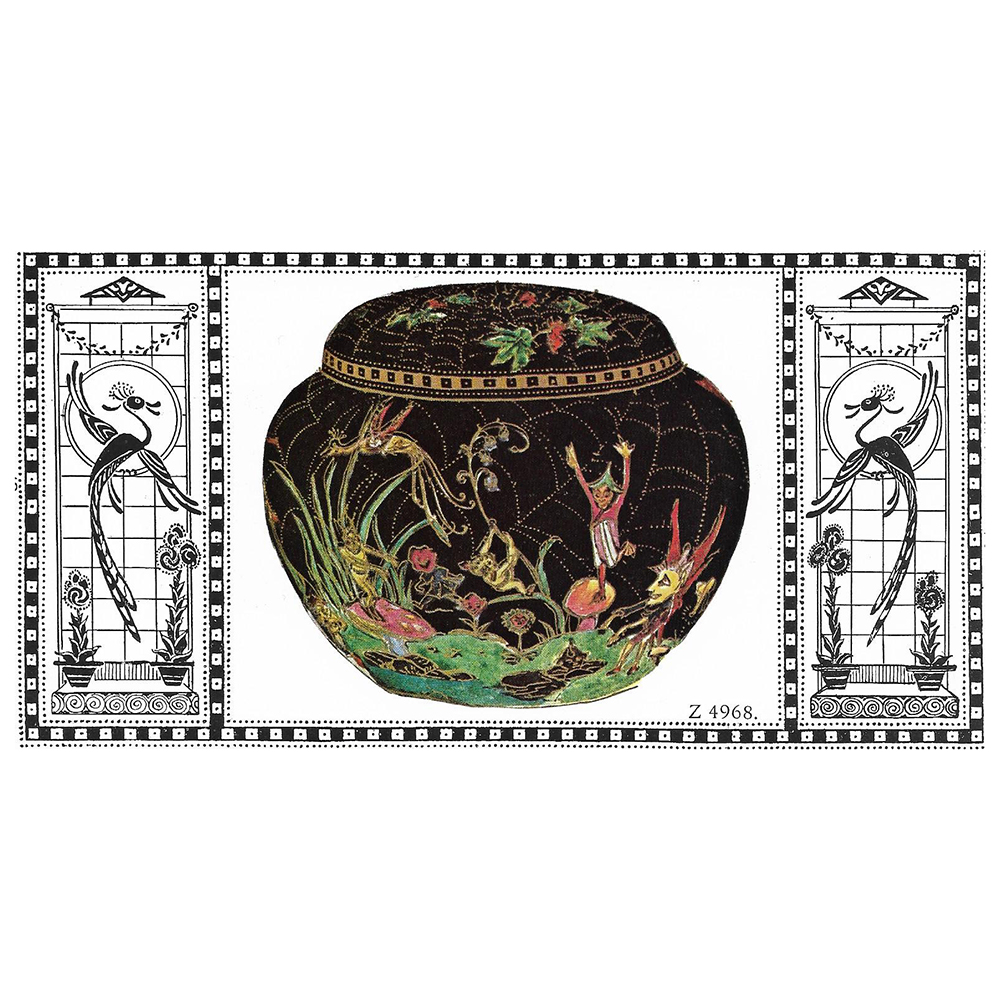
Wedgwood Fairyland Lustre Elves & Bell Branch & Poplar Trees by D. Makeig-Jones
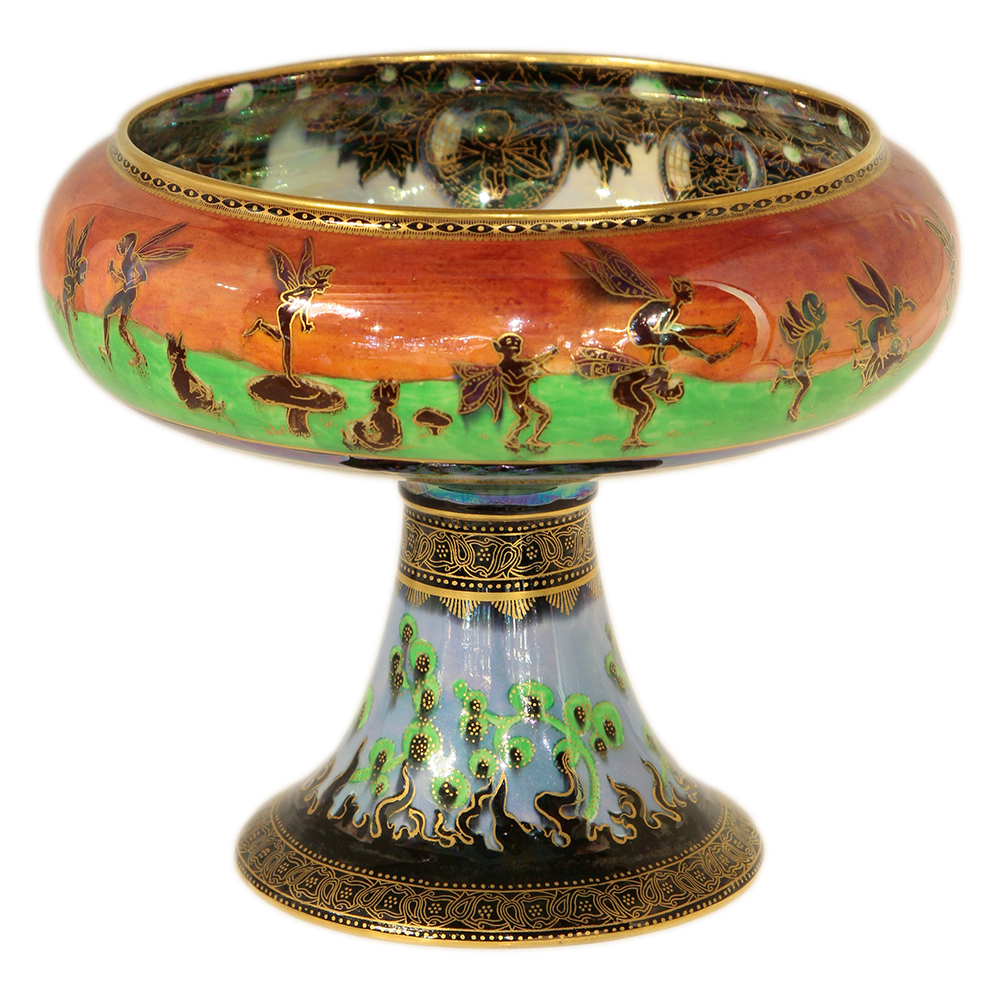
Wedgwood Fairyland Lustre Leapfrogging Elves by D. Makeig-Jones
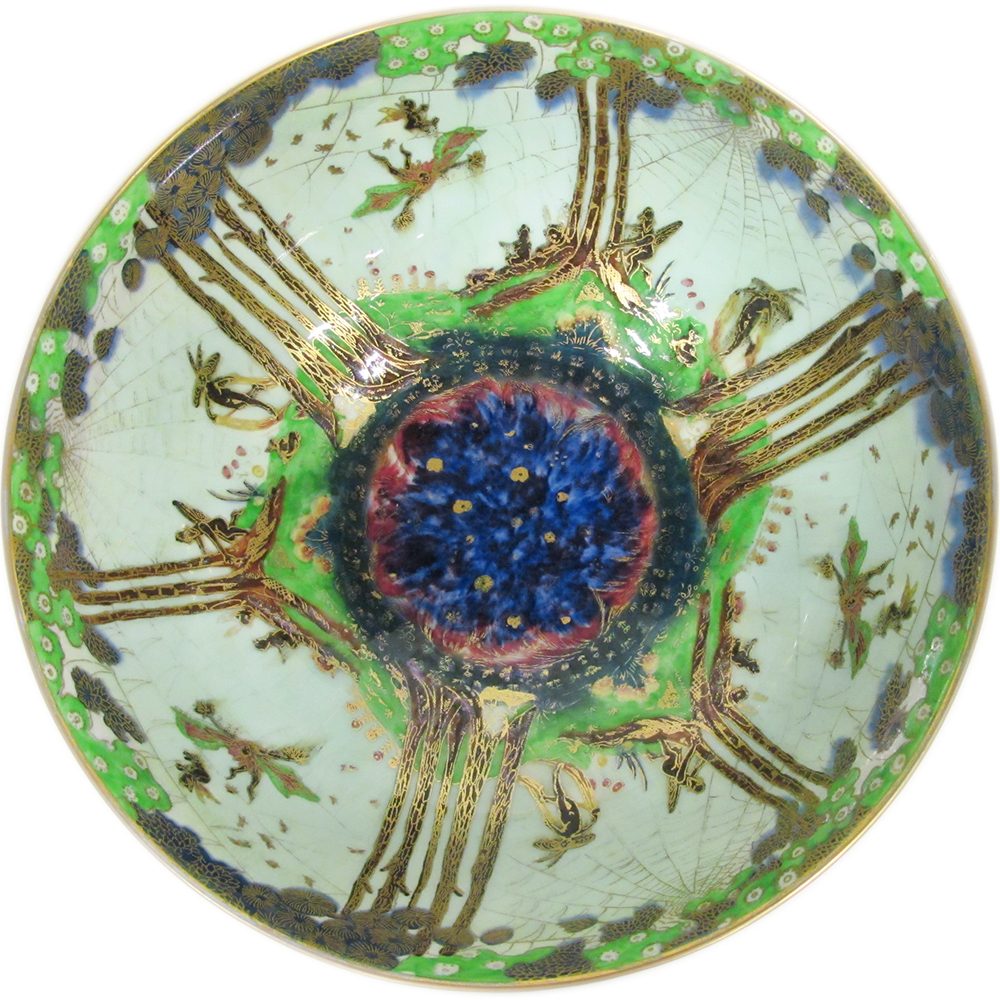
Wedgwood Fairyland Lustre Woodland Elves III Feather Hat by D. Makeig-Jones
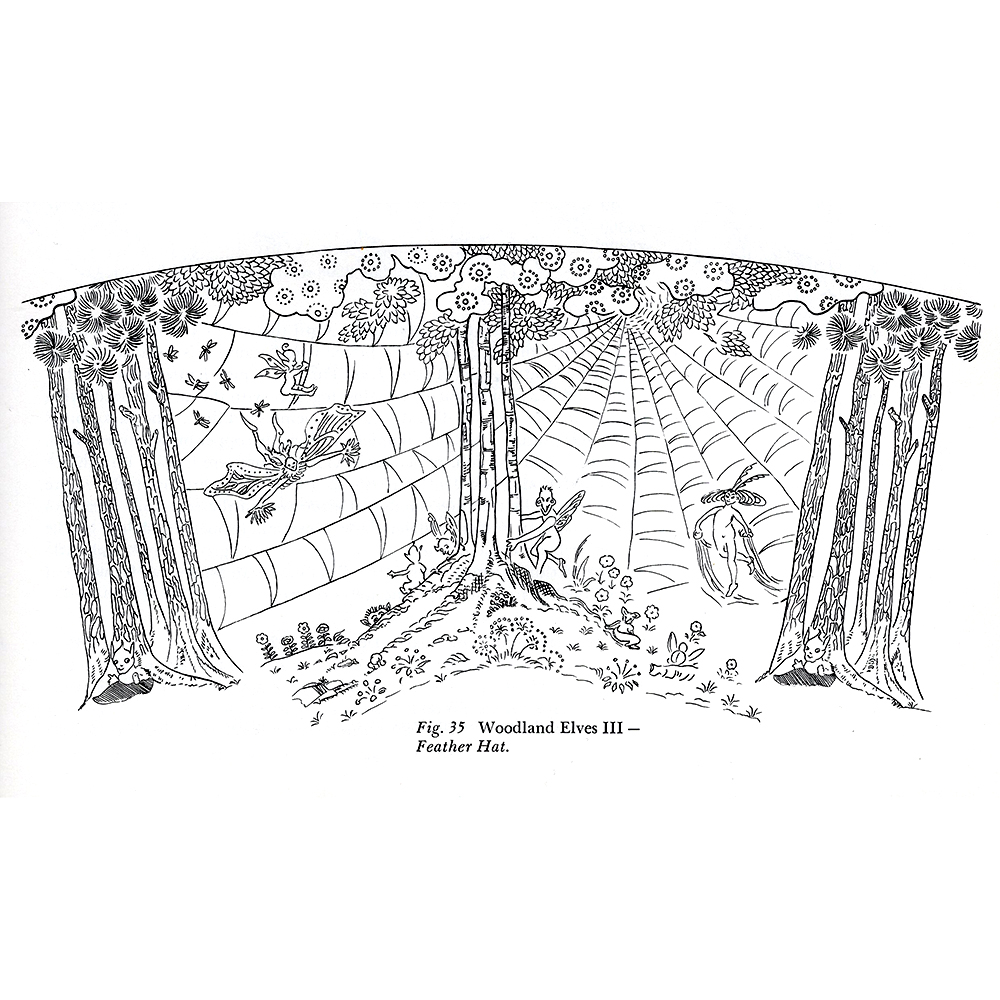
Woodland Elves III Feather Hat illustration

Wedgwood Fairyland Lustre Imps on a Bridge Vase by D. Makeig-Jones
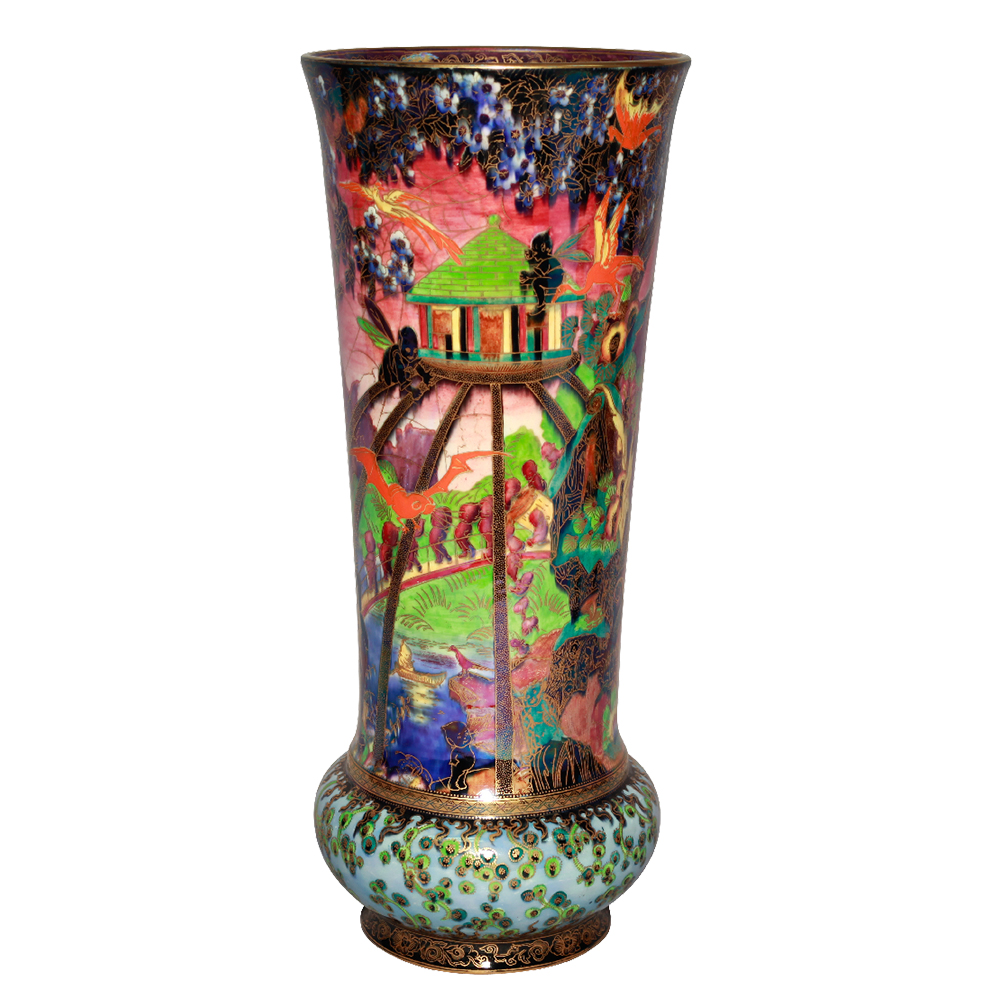
Wedgwood Fairyland Lustre Imps on a Bridge Treehouse Vase by D. Makeig-Jones

Kewpie in Stocking

Wedgwood Fairyland Lustre Imps on a Bridge Vase by D. Makeig-Jones

Kewpie Fireside
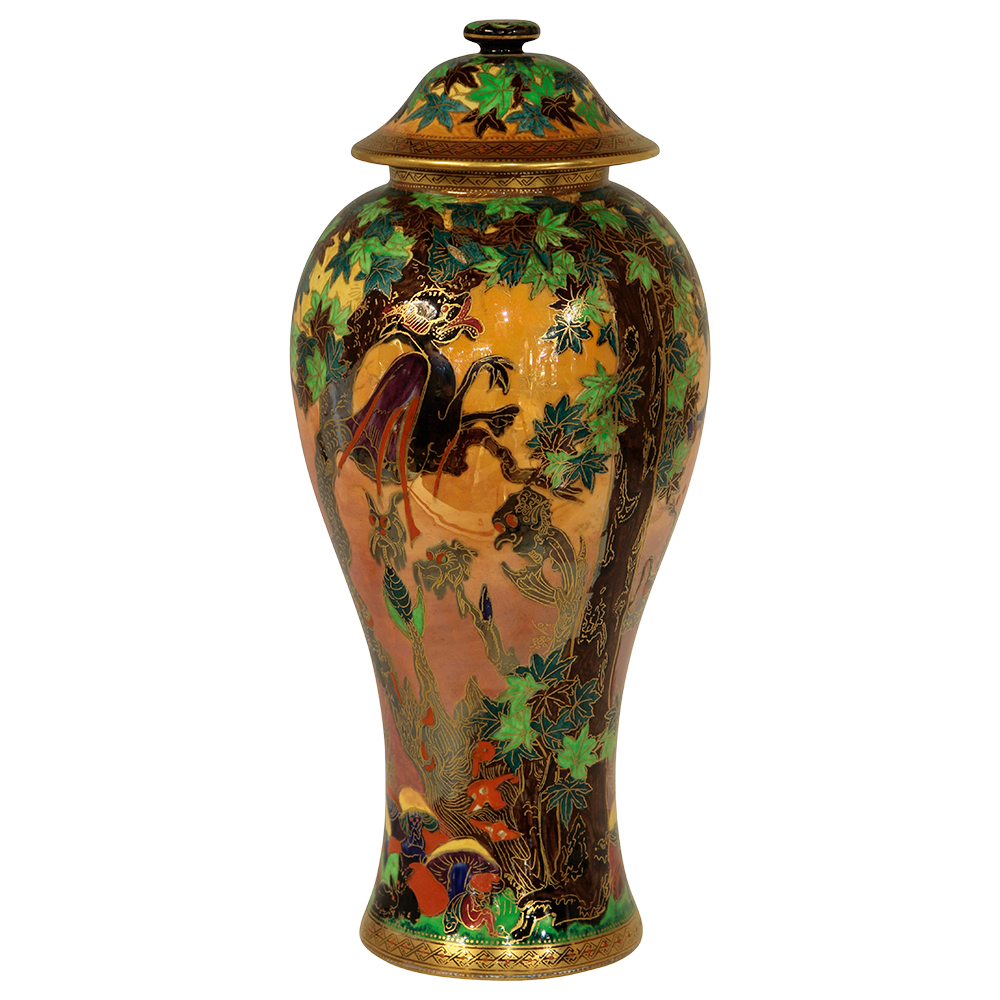
Wedgwood Fairyland Lustre Ghostly Wood Flame Vase by D. Makeig-Jones
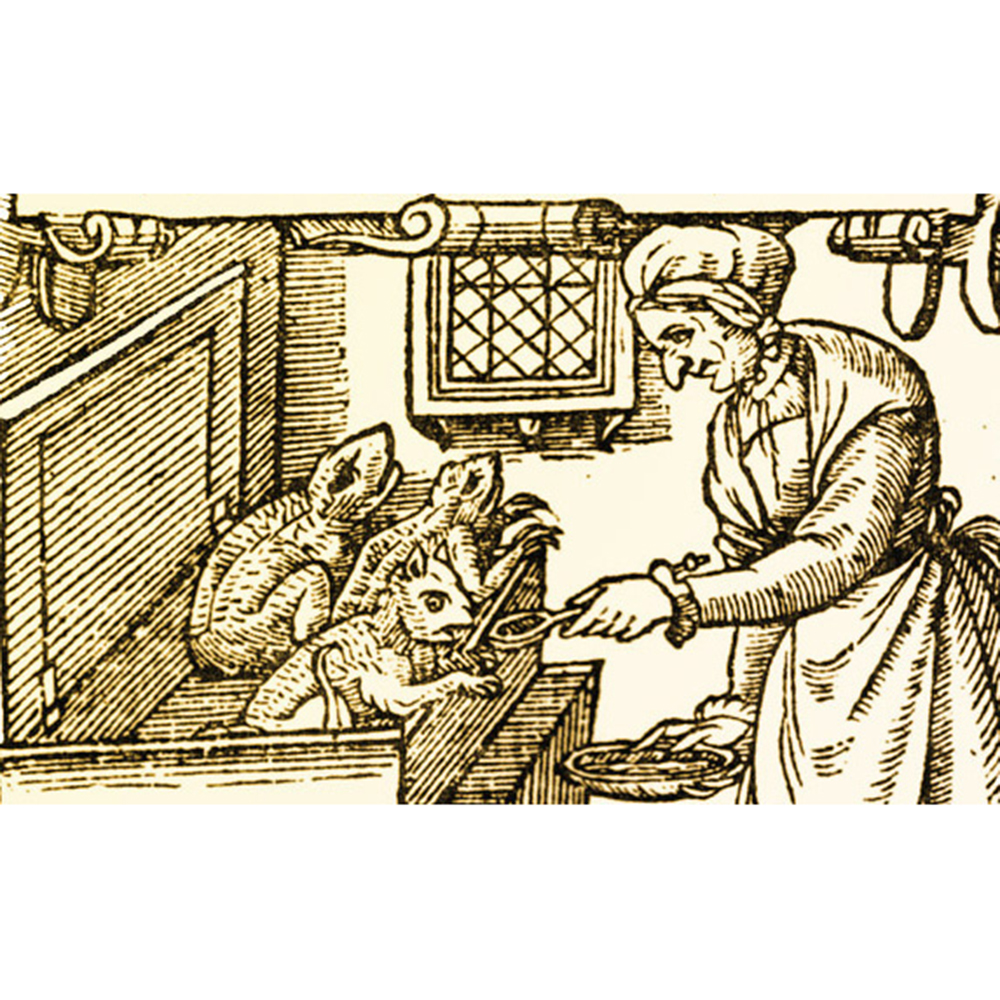
Feeding Demonic Imps

Little Men by H.J. Ford
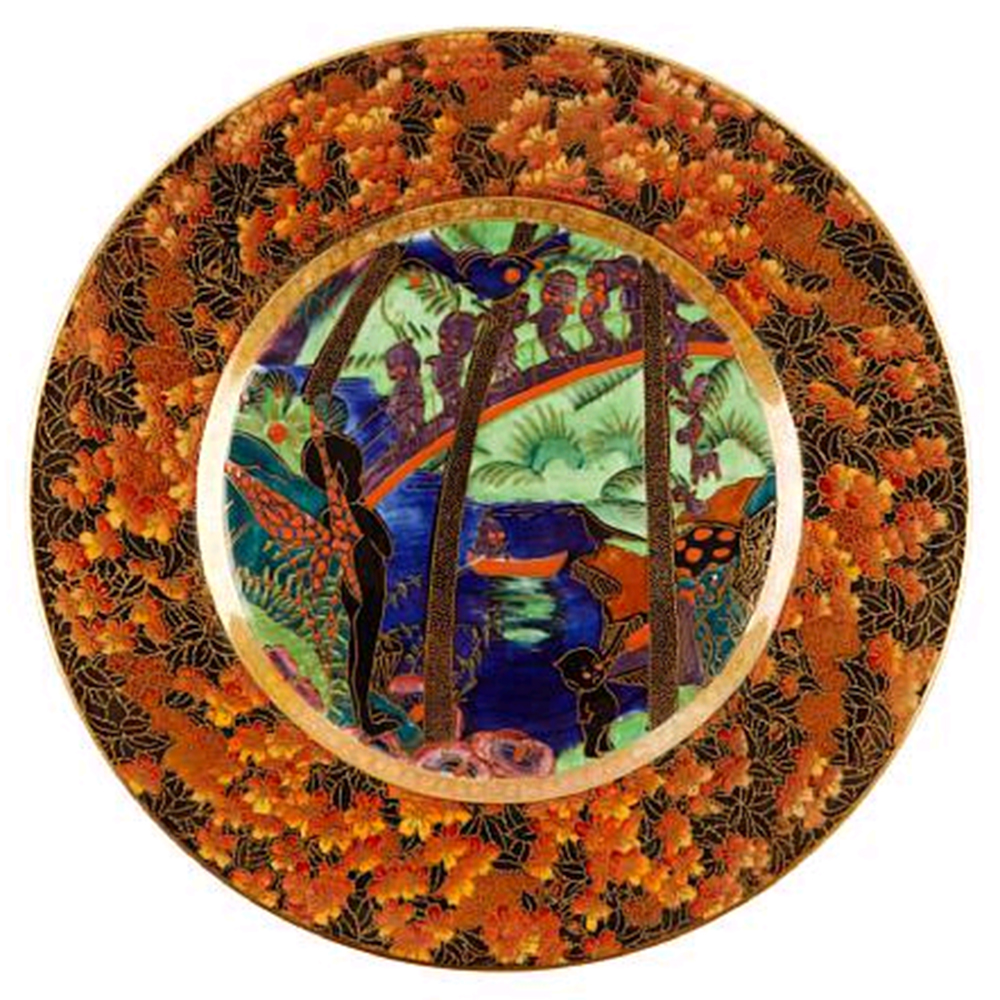
Wedgwood Fairyland Roc Plate by D. Makeig-Jones

Wedgwood Fairyland Roc Plate by D. Makeig-Jones
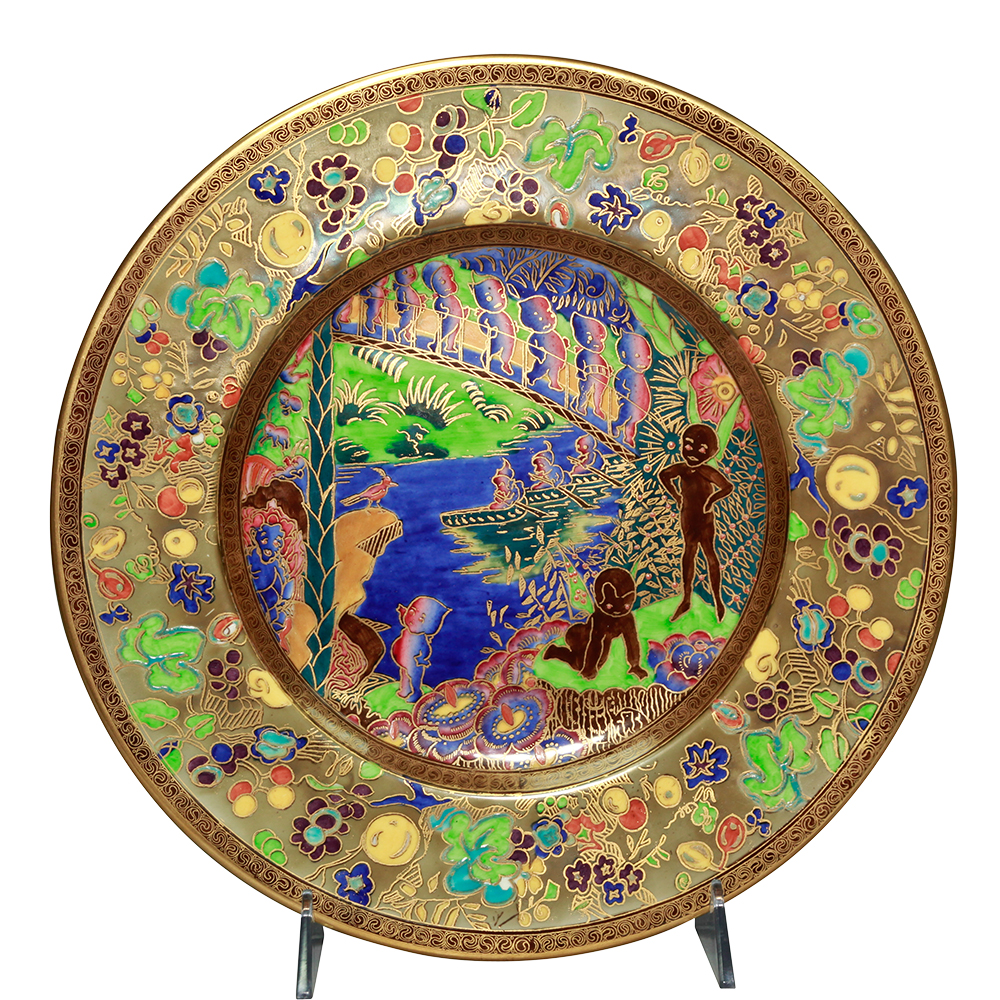
Wedgwood Fairyland Imps on a Bridge with No Roc Bird by D. Makeig-Jones
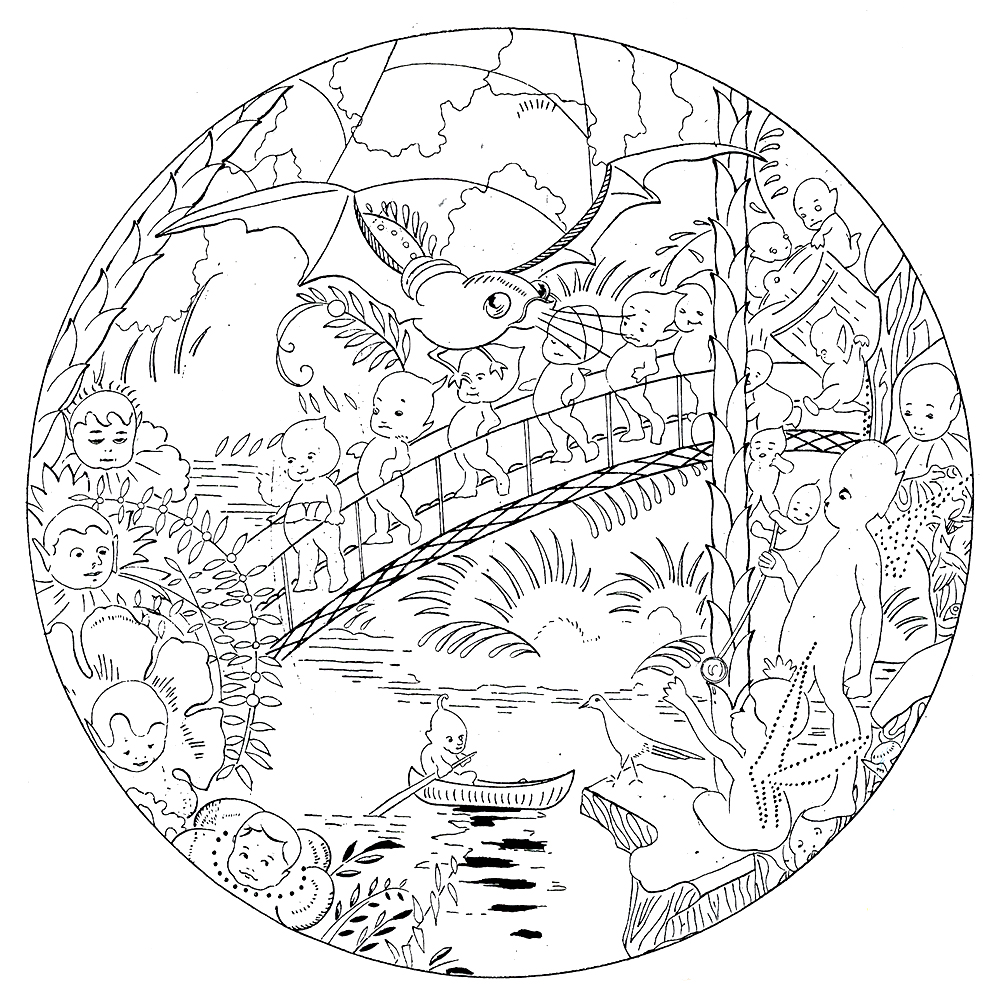
Wedgwood Fairyland Roc Plate illustration

Roc illustration by H.J. Ford
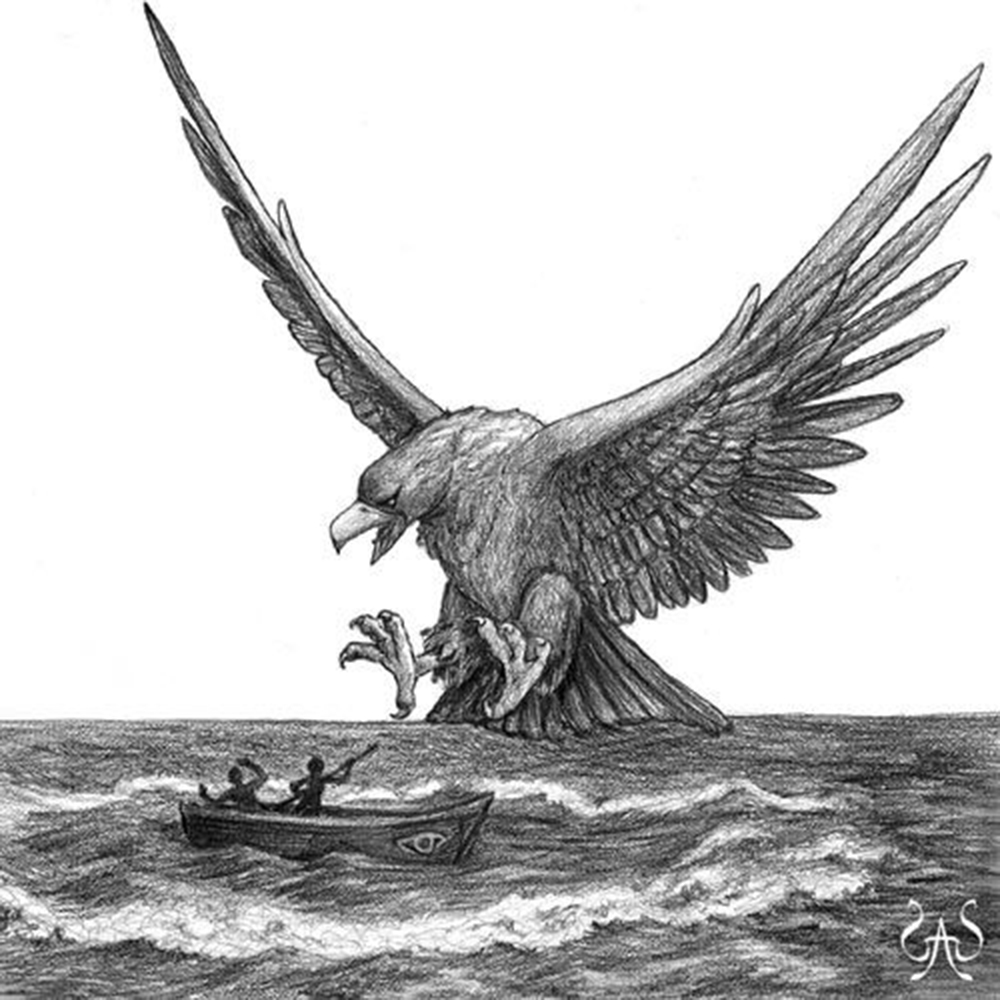
Roc illustration
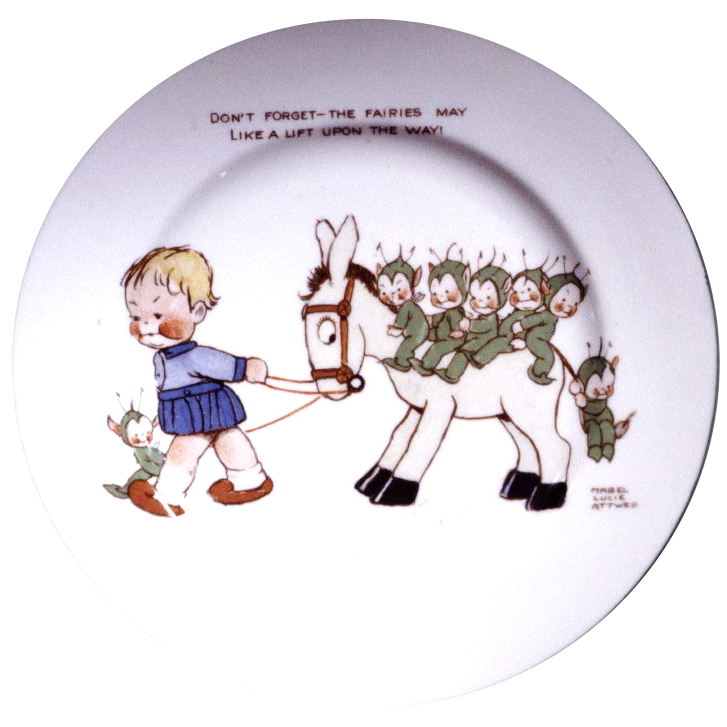
Fairies by M.L. Attwell
